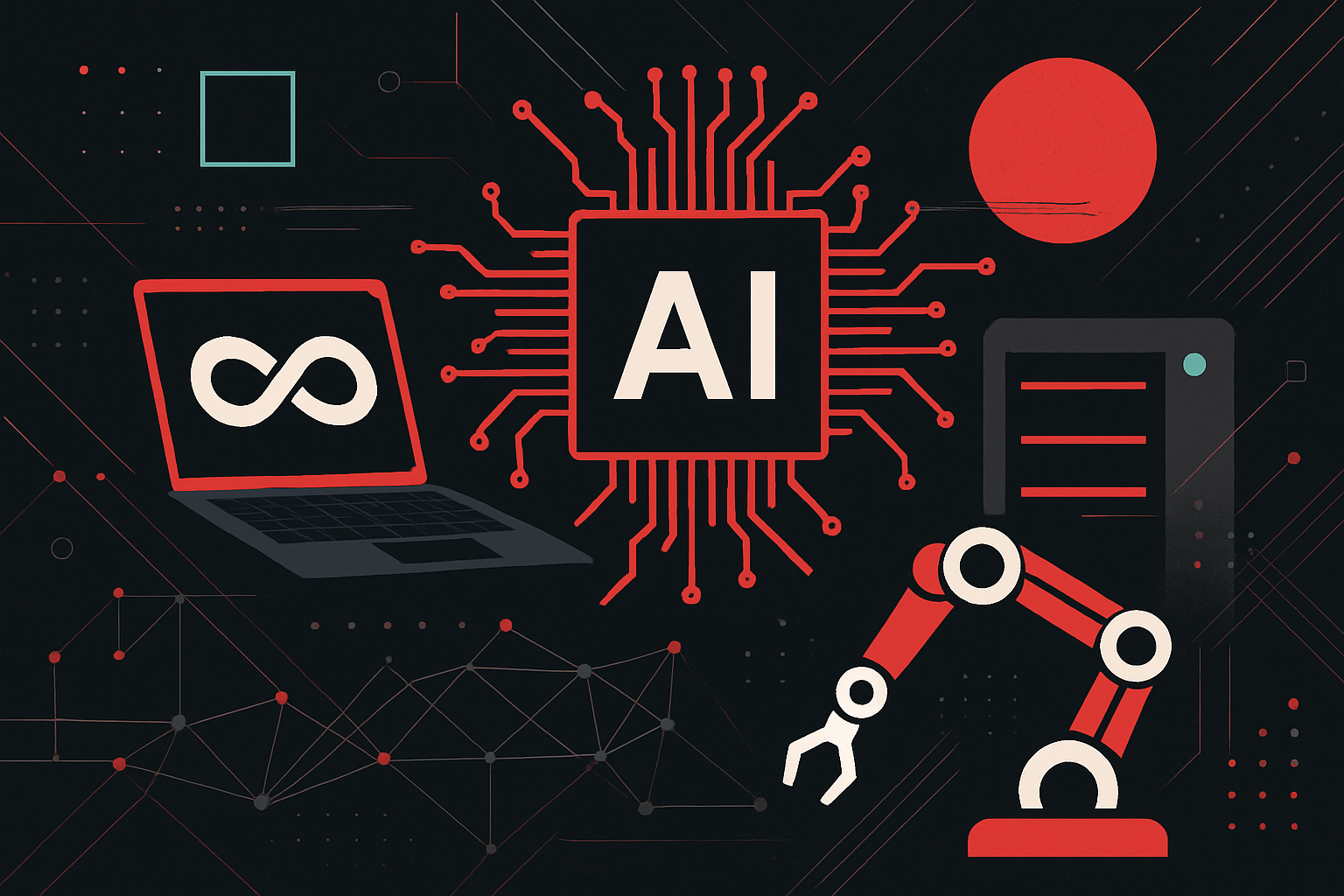How AI Is Revolutionizing Supply Chain Management

How AI Is Revolutionizing Supply Chain Management
Predictive Analytics in Demand Forecasting
Artificial Intelligence (AI) has significantly enhanced demand forecasting through predictive analytics, allowing businesses to anticipate customer needs with greater accuracy. By leveraging machine learning algorithms, businesses can analyze historical data, identify patterns, and predict future demand.
Technical Explanation
Machine learning models such as time series analysis, regression models, and neural networks are commonly used for demand forecasting. These models process large volumes of data to predict future demand patterns. For example:
from sklearn.linear_model import LinearRegression
import numpy as np
# Sample data: historical sales and promotional activities
X = np.array([[40, 1], [45, 0], [50, 1], [55, 0]]) # [sales, promotion]
y = np.array([200, 220, 250, 270]) # demand
# Create and train the model
model = LinearRegression()
model.fit(X, y)
# Predict future demand
future_demand = model.predict(np.array([[60, 1]]))
print(f"Predicted Demand: {future_demand}")
By employing such models, companies can optimize inventory levels, reduce stockouts, and improve customer satisfaction.
Inventory Optimization
AI enables real-time inventory management through the automation of stock monitoring and optimization processes. This reduces the risk of overstocking and understocking, ensuring that inventory levels are aligned with demand forecasts.
Practical Application
AI-powered systems use reinforcement learning to continuously improve inventory policies. Reinforcement learning algorithms can learn optimal policies for managing inventory by simulating different scenarios and learning from the outcomes.
- Example: Implementing a Q-learning algorithm for inventory optimization.
import numpy as np
# Initialize Q-table
Q = np.zeros((10, 2)) # 10 states and 2 actions (order or not order)
# Parameters
alpha = 0.1 # Learning rate
gamma = 0.9 # Discount factor
epsilon = 0.1 # Exploration probability
# Simulated environment
for episode in range(100):
state = np.random.randint(0, 10) # Random initial state
for step in range(10):
if np.random.uniform() < epsilon:
action = np.random.randint(0, 2) # Explore
else:
action = np.argmax(Q[state, :]) # Exploit
# Simulate reward and next state
reward = np.random.choice([1, -1], p=[0.8, 0.2])
next_state = np.random.randint(0, 10)
# Update Q-table
Q[state, action] = Q[state, action] + alpha * (reward + gamma * np.max(Q[next_state, :]) - Q[state, action])
state = next_state
By implementing AI-driven inventory optimization, companies can reduce holding costs and increase service levels.
Supplier Relationship Management
AI facilitates supplier relationship management by analyzing supplier performance data and identifying potential risks. AI systems can predict supplier reliability, quality issues, and delivery delays, enabling proactive management.
Key Data and Comparisons
| Supplier | On-Time Delivery (%) | Quality Score | Risk Level |
|---|---|---|---|
| A | 95 | 4.5/5 | Low |
| B | 80 | 3.8/5 | Medium |
| C | 70 | 4.0/5 | High |
AI systems can use this data for supplier scoring and segmentation, helping businesses make informed decisions about supplier selection and collaboration.
Logistics and Transportation Optimization
AI optimizes logistics and transportation by improving route planning and delivery schedules. This results in reduced transportation costs and improved delivery times.
Step-by-Step Instructions
- Data Collection: Gather data on delivery routes, traffic patterns, and vehicle availability.
- Model Selection: Use AI models like genetic algorithms or reinforcement learning for route optimization.
-
Implementation: Develop and deploy the AI model to dynamically adjust routes based on real-time data.
-
Example: Route optimization using a genetic algorithm.
import random
def fitness(route):
# Calculate route fitness (e.g., total distance)
return sum(route)
def mutate(route):
# Random swap mutation
i, j = random.sample(range(len(route)), 2)
route[i], route[j] = route[j], route[i]
def genetic_algorithm(routes):
for generation in range(100):
routes = sorted(routes, key=fitness)
for i in range(len(routes)):
if random.random() < 0.1:
mutate(routes[i])
return routes[0]
# Example routes (distances)
routes = [[random.randint(10, 100) for _ in range(5)] for _ in range(10)]
optimal_route = genetic_algorithm(routes)
By utilizing AI for logistics optimization, companies can achieve higher efficiency in their supply chain operations.
Conclusion
Supply chain management is undergoing a transformation powered by AI technologies, which enhance forecasting accuracy, inventory management, supplier relationships, and logistics efficiency. Implementing AI-driven solutions enables businesses to remain competitive and responsive in the dynamic global market environment.





0 thoughts on “How AI Is Revolutionizing Supply Chain Management”